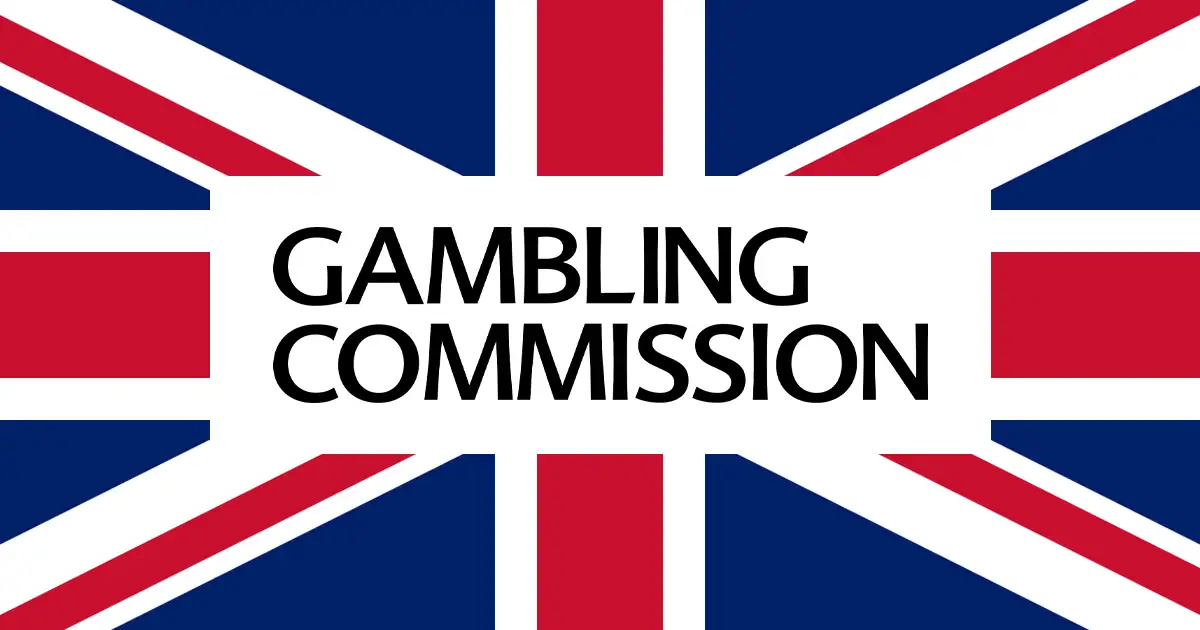UKGC report: How to track down illegal gambling
In recent years, the unauthorised online gambling market has been a cause for concern for the British authorities. With the publication of the third part of its report on illegal online gambling, the UK regulator (UKGC) unveils radical measures to dismantle a constantly changing digital ecosystem.
The observation of an out-of-control digital market
When John Pierce, Director of Enforcement and Intelligence at the UKGC, talks about his past experience in Trading Standards, he points out that illegal gambling shares strong characteristics with counterfeiting, illicit products and other black markets: cross-border chains, invisible players, risks for consumers. This comparison is not insignificant: it implies a warlike stance, where every link counts, from advertising to payment access — and where no single solution is sufficient.
Unlicensed operators target British consumers using sophisticated tactics: manipulating search results, disguised advertising on social media, imitations of legitimate websites, and exploiting regulatory loopholes between jurisdictions. The danger is becoming real: no age verification, no responsible gambling measures, fragile payment systems, blocked or even impossible withdrawals, and the risk of identity theft for users.
When the fightback begins: disruption and financial intelligence
To break the growing impunity, the UKGC has stepped up its efforts. Its Illegal Markets team now relies on specialised tools – anonymous access, test purchases – to confirm that sites are targeting the British public, gather legal evidence and trace them back to banking channels. The Financial Intelligence Team plays a central role in identifying and mobilising the financial institutions concerned. Although international exchanges complicate investigations, results are already visible.
A key focus is reducing the visibility of illegal sites. The UKGC has partnered with Google, Bing and Yahoo (which dominate over 97% of the UK search market) to automatically remove unauthorised content. On social media, the effort extends to Meta, TikTok, X and YouTube in order to curb illegal advertising. According to Pierce, these interventions are already bearing fruit: among 160 targeted sites, UK user traffic has fallen by 32% in three months. The UKGC is under no illusions: these disruptions may push operators to redeploy elsewhere. Hence the importance of active monitoring and constant adaptation.
Exploring the drivers of illegal gambling — the voice of consumers
Behind the figures and the blocks, there are human behaviours. The report ‘Illegal Online Gambling: Consumer Awareness, Drivers and Motivations’ explores the motivations of players who venture outside the regulated framework.
What drives them to cross the illegal line? For some, it is the search for games or offers that are impossible to find in the official sector; for others, it is the desire to circumvent betting limits or bans (e.g. those who use Gamstop). The report distinguishes four profiles:
- self-excluded players, who have voluntarily excluded themselves from authorised platforms but continue to gamble elsewhere;
- skilled advocates, who actively seek out sites that are hidden for technical or payment reasons (e.g. crypto);
- social explorers, recruited by word of mouth;
- accidental tourists, who arrive at illegal sites without knowing it, via misleading advertisements or links.
Another revelation: most of these players also have accounts on legal sites — the illegal offering is not a total substitute but a complement.
The UKGC plans to include these topics in its major national surveys (Gambling Survey for Great Britain) to track the phenomenon over time and better calibrate future actions. An awareness campaign also seems to be under consideration to encourage consumers to differentiate between legitimate operators and imposters.
Internal tensions: the UKGC questions its own impact
In a rare reversal, the report confirms that certain regulatory mechanisms could be fuelling the illegal market. In particular, the UKGC questions the impact of mandatory financial vulnerability checks: could they lead some players to migrate to illegal sites? This questioning also affects regulated operators: the commercial restrictions imposed (on accounts, bonuses or limits) could encourage customers to seek out platforms without constraints.
The UKGC is pursuing a strategy known as ‘upstream disruption’, which aims to break the flow upstream — technical providers, payment processes, ISP networks — rather than intervening solely at the level of end sites.
Current situation and future challenges
The second report from the UKGC’s Data Innovation Hub qualifies the idea of unstoppable growth in the illegal market: current data does not show a sustained net increase in engagement. Tim Livesley, head of the Hub, indicates that sustained growth is not visible in their data, while highlighting methodological limitations: VPNs, new applications, hidden traffic.
However, the absence of observable growth does not diminish the risks. The UKGC reiterates that the dangers for consumers remain high.
On the horizon, technological threats loom large: cryptocurrencies, decentralised platforms, generative AI and deepfakes. To counter this, the regulator wants to strengthen its technical capabilities, forge closer ties with the industry and expand its international cooperation.


